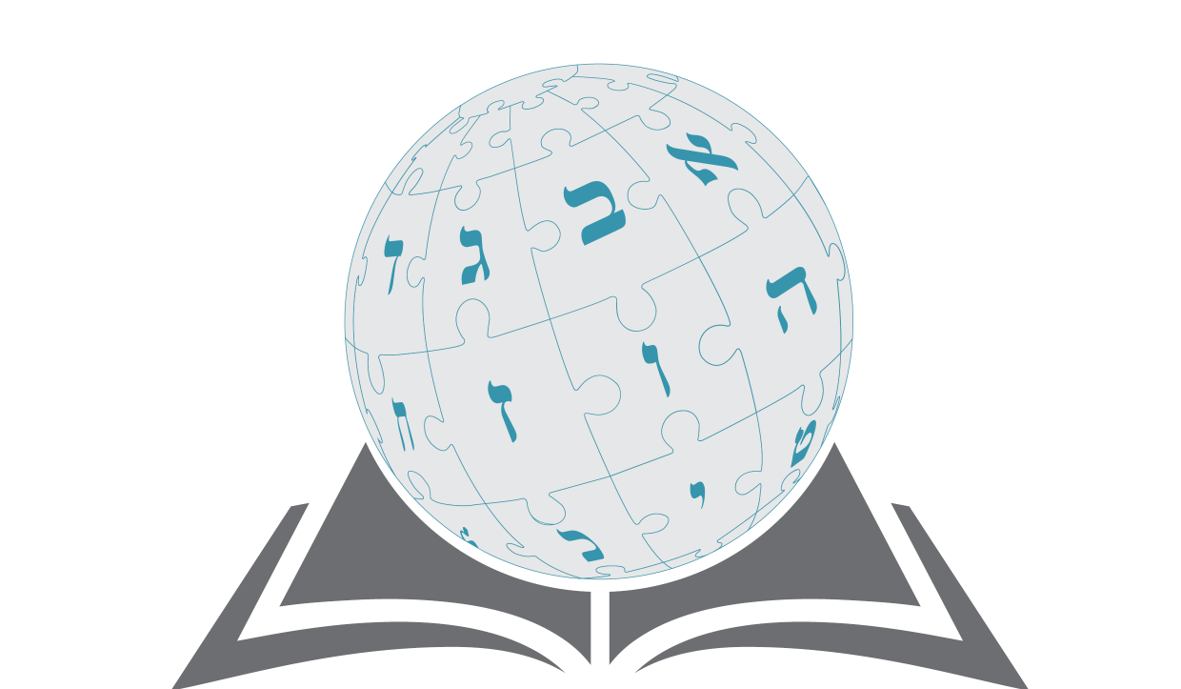למידת מכונה קוונטית
למידת מכונה קוונטית היא שילוב של אלגוריתמים קוונטיים בתוכנות למידת מכונה.[1][2][3][4][5][6][7][8]
השימוש הנפוץ ביותר במונח מתייחס לאלגוריתמים של למידת מכונה לניתוח נתונים קלאסיים המבוצעים במחשב קוונטי, כלומר למידת מכונה משופרת קוונטית.[9][10][11] בעוד אלגוריתמים של למידת מכונה משמשים לחישוב כמויות עצומות של נתונים, למידת מכונה קוונטית משתמשת בקיוביטים ופעולות קוונטיות או במערכות קוונטיות מיוחדות כדי לשפר את מהירות החישוב ואת אחסון הנתונים שנעשו על ידי אלגוריתמים בתוכנית.[12] זה כולל שיטות היברידיות הכוללות עיבוד קלאסי וקוונטי כאחד, שבהן תתי שגרות קשות מבחינה חישובית מועברות למכשיר קוונטי חיצוני.[13][14][15] שגרות אלו יכולות להיות מורכבות יותר בטבען ולהתבצע מהר יותר במחשב קוונטי.[7] יתר על כן, ניתן להשתמש באלגוריתמים קוונטיים לניתוח מצבים קוונטיים במקום נתונים קלאסיים.[16][17]
מעבר למחשוב קוונטי, המונח "למידת מכונה קוונטית" קשור גם לשיטות למידת מכונה קלאסיות המיושמות על נתונים שנוצרו מניסויים קוונטיים (כלומר למידת מכונה של מערכות קוונטיות), כגון לימוד מעברי הפאזה של מערכת קוונטית[18][19] או יצירת ניסויים קוונטיים חדשים.[20][21][22]
למידת מכונה קוונטית משתרעת גם על ענף מחקר הבוחן קווי דמיון מתודולוגיים ומבניים בין מערכות פיזיות מסוימות ומערכות למידה, בפרט רשתות עצביות. לדוגמה, כמה טכניקות מתמטיות ומספריות מהפיזיקה הקוונטית ישימות ללמידה עמוקה קלאסית ולהפך.[23][24][25]
יתר על כך, חוקרים חוקרים מושגים מופשטים יותר של תורת הלמידה ביחס למידע קוונטי, המכונה לעיתים "תורת הלמידה הקוונטית".[26][27]
הערות שוליים
- ↑ Ventura, Dan (2000). "Quantum Associative Memory". Information Sciences. 124 (1–4): 273–296. arXiv:quant-ph/9807053. doi:10.1016/S0020-0255(99)00101-2.
- ↑ Trugenberger, Carlo A. (2001). "Probabilistic Quantum Memories". Physical Review Letters. 87 (6): 067901. arXiv:quant-ph/0012100. Bibcode:2001PhRvL..87f7901T. doi:10.1103/PhysRevLett.87.067901. PMID 11497863.
- ↑ Trugenberger, Carlo A. (2002). "Quantum Pattern Recognition". Quantum Information Processing. 1 (6): 471–493. doi:10.1023/A:1024022632303.
- ↑ Trugenberger, C. A. (2002-12-19). "Phase Transitions in Quantum Pattern Recognition". Physical Review Letters. 89 (27): 277903. arXiv:quant-ph/0204115. Bibcode:2002PhRvL..89A7903T. doi:10.1103/physrevlett.89.277903. ISSN 0031-9007. PMID 12513243.
- ↑ Biamonte, Jacob; Wittek, Peter; Nicola, Pancotti; Rebentrost, Patrick; Wiebe, Nathan; Lloyd, Seth (2017). "Quantum machine learning". Nature. 549 (7671): 195–202. arXiv:1611.09347. Bibcode:2017Natur.549..195B. doi:10.1038/nature23474. PMID 28905917.
- ↑ Schuld, Maria; Petruccione, Francesco (2018). Supervised Learning with Quantum Computers. Quantum Science and Technology. Bibcode:2018slqc.book.....S. doi:10.1007/978-3-319-96424-9. ISBN 978-3-319-96423-2.
- ^ 7.0 7.1 Schuld, Maria; Sinayskiy, Ilya; Petruccione, Francesco (2014). "An introduction to quantum machine learning". Contemporary Physics. 56 (2): 172–185. arXiv:1409.3097. Bibcode:2015ConPh..56..172S. CiteSeerX 10.1.1.740.5622. doi:10.1080/00107514.2014.964942.
- ↑ Wittek, Peter (2014). Quantum Machine Learning: What Quantum Computing Means to Data Mining. Academic Press. ISBN 978-0-12-800953-6.
- ↑ Wiebe, Nathan; Kapoor, Ashish; Svore, Krysta (2014). "Quantum Algorithms for Nearest-Neighbor Methods for Supervised and Unsupervised Learning". Quantum Information & Computation. 15 (3): 0318–0358. arXiv:1401.2142.
- ↑ Lloyd, Seth; Mohseni, Masoud; Rebentrost, Patrick (2013). "Quantum algorithms for supervised and unsupervised machine learning". arXiv:1307.0411 [quant-ph].
- ↑ Yoo, Seokwon; Bang, Jeongho; Lee, Changhyoup; Lee, Jinhyoung (2014). "A quantum speedup in machine learning: Finding a N-bit Boolean function for a classification". New Journal of Physics. 16 (10): 103014. arXiv:1303.6055. Bibcode:2014NJPh...16j3014Y. doi:10.1088/1367-2630/16/10/103014.
- ↑ Schuld, Maria; Sinayskiy, Ilya; Petruccione, Francesco (2014-10-15). "An introduction to quantum machine learning". Contemporary Physics (באנגלית). 56 (2): 172–185. arXiv:1409.3097. Bibcode:2015ConPh..56..172S. CiteSeerX 10.1.1.740.5622. doi:10.1080/00107514.2014.964942. ISSN 0010-7514.
- ↑ Benedetti, Marcello; Realpe-Gómez, John; Biswas, Rupak; Perdomo-Ortiz, Alejandro (2017-11-30). "Quantum-Assisted Learning of Hardware-Embedded Probabilistic Graphical Models". Physical Review X. 7 (4): 041052. arXiv:1609.02542. Bibcode:2017PhRvX...7d1052B. doi:10.1103/PhysRevX.7.041052. ISSN 2160-3308.
- ↑ Farhi, Edward; Neven, Hartmut (2018-02-16). "Classification with Quantum Neural Networks on Near Term Processors". arXiv:1802.06002 [quant-ph].
- ↑ Schuld, Maria; Bocharov, Alex; Svore, Krysta; Wiebe, Nathan (2020). "Circuit-centric quantum classifiers". Physical Review A. 101 (3): 032308. arXiv:1804.00633. Bibcode:2020PhRvA.101c2308S. doi:10.1103/PhysRevA.101.032308.
- ↑ Yu, Shang; Albarran-Arriagada, F.; Retamal, J. C.; Wang, Yi-Tao; Liu, Wei; Ke, Zhi-Jin; Meng, Yu; Li, Zhi-Peng; Tang, Jian-Shun (2018-08-28). "Reconstruction of a Photonic Qubit State with Quantum Reinforcement Learning". Advanced Quantum Technologies. 2 (7–8): 1800074. arXiv:1808.09241. doi:10.1002/qute.201800074.
- ↑ Ghosh, Sanjib; Opala, A.; Matuszewski, M.; Paterek, T.; Liew, Timothy C. H. (2019). "Quantum reservoir processing". npj Quantum Information. 5: 35. arXiv:1811.10335. Bibcode:2019npjQI...5...35G. doi:10.1038/s41534-019-0149-8.
- ↑ Broecker, Peter; Assaad, Fakher F.; Trebst, Simon (2017-07-03). "Quantum phase recognition via unsupervised machine learning". arXiv:1707.00663 [cond-mat.str-el].
- ↑ Huembeli, Patrick; Dauphin, Alexandre; Wittek, Peter (2018). "Identifying Quantum Phase Transitions with Adversarial Neural Networks". Physical Review B. 97 (13): 134109. arXiv:1710.08382. Bibcode:2018PhRvB..97m4109H. doi:10.1103/PhysRevB.97.134109. ISSN 2469-9950.
- ↑ Krenn, Mario (2016-01-01). "Automated Search for new Quantum Experiments". Physical Review Letters. 116 (9): 090405. arXiv:1509.02749. Bibcode:2016PhRvL.116i0405K. doi:10.1103/PhysRevLett.116.090405. PMID 26991161.
- ↑ Knott, Paul (2016-03-22). "A search algorithm for quantum state engineering and metrology". New Journal of Physics. 18 (7): 073033. arXiv:1511.05327. Bibcode:2016NJPh...18g3033K. doi:10.1088/1367-2630/18/7/073033.
- ↑ Dunjko, Vedran; Briegel, Hans J (2018-06-19). "Machine learning & artificial intelligence in the quantum domain: a review of recent progress". Reports on Progress in Physics. 81 (7): 074001. arXiv:1709.02779. Bibcode:2018RPPh...81g4001D. doi:10.1088/1361-6633/aab406. ISSN 0034-4885. PMID 29504942.
- ↑ Huggins, William; Patel, Piyush; Whaley, K. Birgitta; Stoudenmire, E. Miles (2018-03-30). "Towards Quantum Machine Learning with Tensor Networks". Quantum Science and Technology. 4 (2): 024001. arXiv:1803.11537. doi:10.1088/2058-9565/aaea94.
- ↑ Carleo, Giuseppe; Nomura, Yusuke; Imada, Masatoshi (2018-02-26). "Constructing exact representations of quantum many-body systems with deep neural networks". Nature Communications. 9 (1): 5322. arXiv:1802.09558. Bibcode:2018NatCo...9.5322C. doi:10.1038/s41467-018-07520-3. PMC 6294148. PMID 30552316.
- ↑ Bény. "Deep learning and the renormalization group". arXiv:1301.3124.
- ↑ Arunachalam, Srinivasan; de Wolf, Ronald (2017-01-24). "A Survey of Quantum Learning Theory". arXiv:1701.06806 [quant-ph].
- ↑ Sergioli, Giuseppe; Giuntini, Roberto; Freytes, Hector (2019-05-09). "A new Quantum approach to binary classification". PLOS ONE. 14 (5): e0216224. Bibcode:2019PLoSO..1416224S. doi:10.1371/journal.pone.0216224. PMC 6508868. PMID 31071129.
למידת מכונה קוונטית38859493Q18811578


